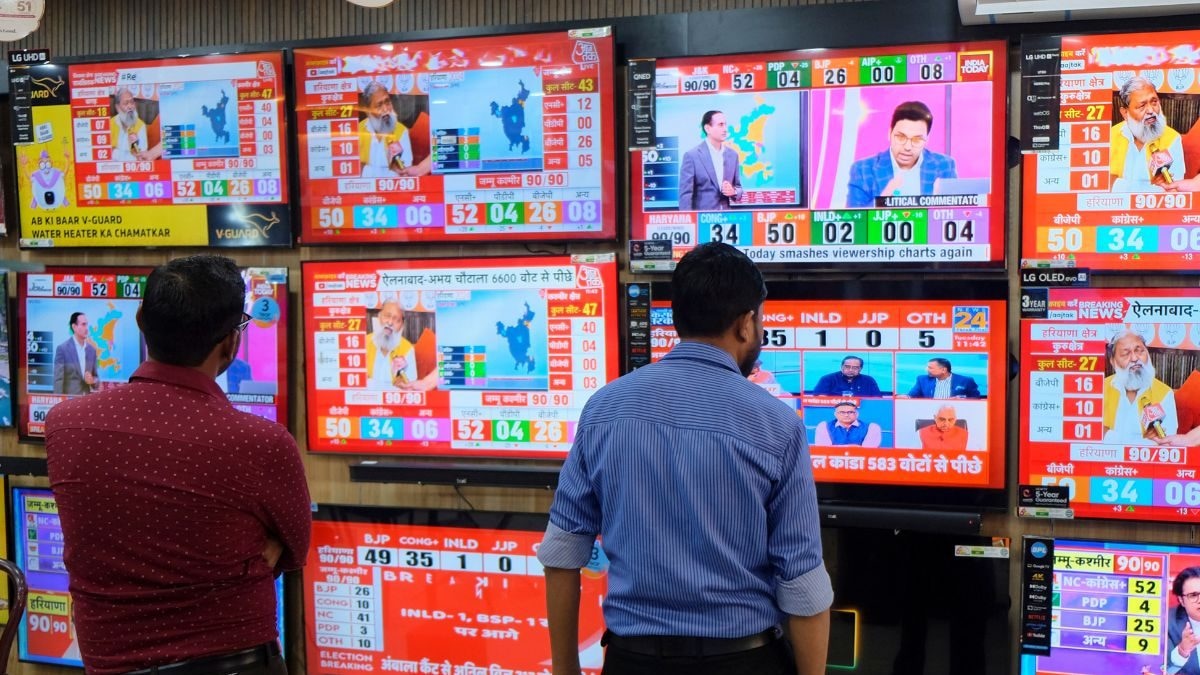 |
|
The recent Maharashtra and Jharkhand Assembly elections highlighted the persistent issue of inaccuracy in exit polls. While these surveys, based on interviews with voters leaving polling booths, aim to provide a pre-election indication of potential outcomes, their track record has been far from perfect, prompting criticism and calls for introspection. The 2024 Lok Sabha elections saw a significant discrepancy between exit poll predictions and the actual results, leading to public apologies from polling companies. Many polls projected a landslide victory for the BJP-led NDA, far exceeding their actual seat count. This inaccuracy not only misinformed the public but also significantly impacted the stock market, resulting in a sharp downturn on the day of the results announcement. The substantial error in prediction sparked a debate on the methodology, sampling techniques, and the overall reliability of exit polls in India.
The analysis of the 2019 Maharashtra Assembly elections reveals a similar pattern of varying predictions. Different polling organizations offered significantly different projections for the number of seats that the NDA (BJP and Shiv Sena) and the UPA (Congress and NCP) would win. The variations were substantial, demonstrating a wide range of potential outcomes. While some polls came closer to the actual results than others, none perfectly captured the final distribution of seats. This discrepancy underscores the inherent limitations of exit polls, which are susceptible to various biases and uncertainties, including sample size, voter honesty, and the potential for shifts in voter sentiment between the time of the poll and the actual election. The lack of uniform methodology across different polling organizations further complicates the interpretation of results and makes it difficult to assess the overall reliability of these predictions.
The Haryana Assembly election of 2024 serves as a particularly stark example of the pitfalls of relying on exit polls. Almost all major polling organizations predicted a comfortable victory for the Congress party, some even projecting a clear majority. This led to premature celebrations within the Congress party, only to be quickly overturned as the BJP secured a win. The significant discrepancy between predictions and results underscores the limitations of exit polls, particularly in accurately predicting the intricate dynamics of individual constituencies and the nuanced shifts in voter preferences that can occur in a short timeframe. This case illustrates the risks of basing political strategies and public expectations solely on exit poll projections.
The Election Commission of India, while acknowledging its inability to directly regulate exit polls, has urged media organizations and polling companies to exercise greater responsibility in reporting and interpreting the results. The CEC highlighted the need for transparency in disclosing methodologies, sample sizes, and geographical distribution of the surveys. The lack of this transparency often fuels inflated expectations and contributes to the post-election disillusionment when the results diverge significantly from the predicted outcomes. The CEC's call for self-regulation within the media and the polling industry emphasizes the urgent need for improvements to improve accuracy and public understanding of the limitations of these pre-election surveys.
The history of exit polls in India, dating back to the 1960s, reveals an evolution from rudimentary surveys to sophisticated, large-scale data collection efforts. However, despite technological advancements and refined methodologies, the issue of accuracy continues to be a significant challenge. The evolution of exit polls globally, particularly the success of early polls in countries like the US, has not translated into a similar level of consistent accuracy in the Indian context. This underscores the need for further research into the specific factors that influence the reliability of exit polls in India's diverse and complex electoral landscape. Improvements in sampling techniques, data analysis, and the transparency of results reporting are essential to building public trust and minimizing the potential for inaccurate predictions to impact political discourse and market behavior.
Source: Maharashtra Election: What Are Exit Polls, How Accurate Were The Predictions In 2019?
